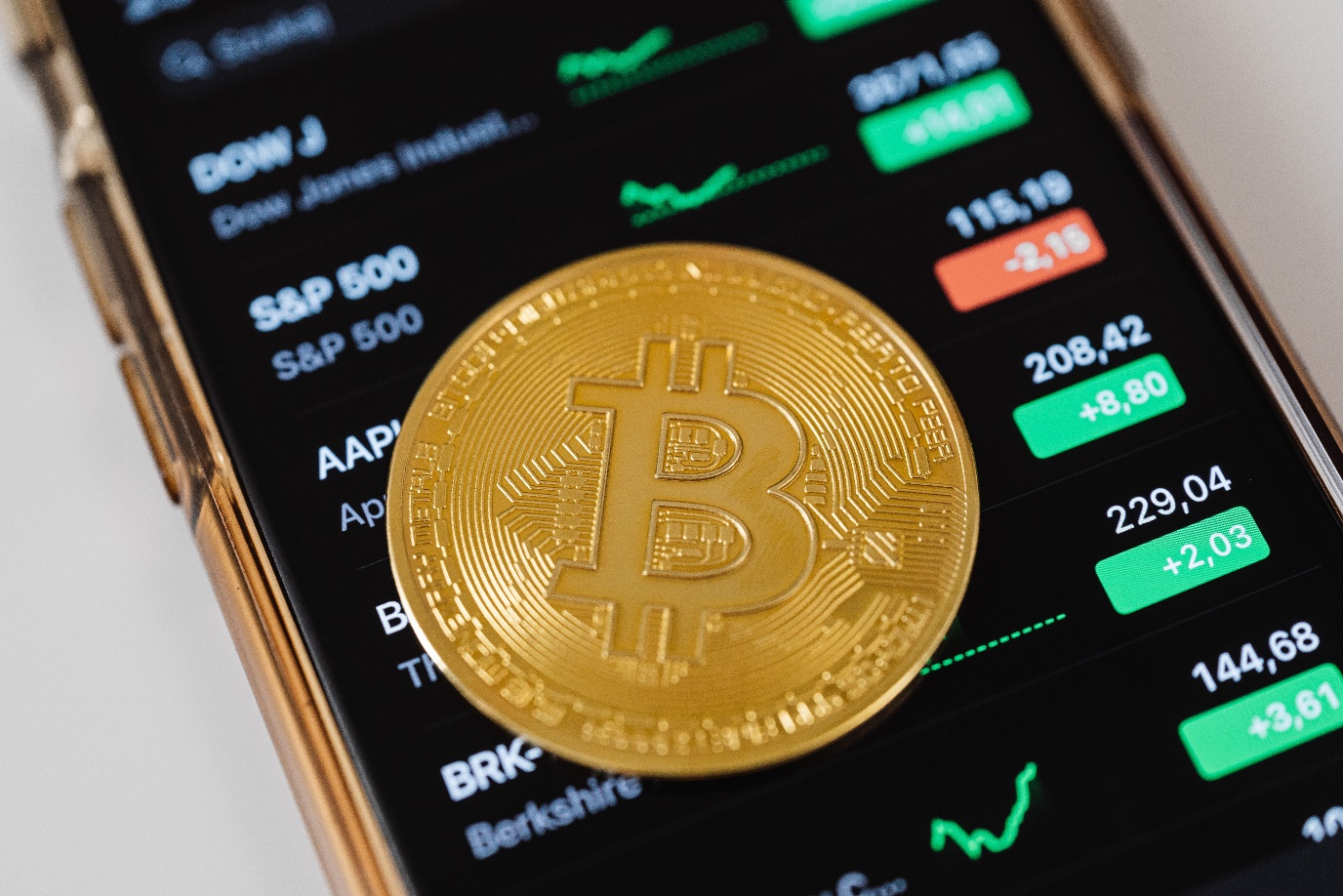If you are dealing with large amounts of cryptocurrency, the first step is to develop basic risk-management procedures. These procedures should become more sophisticated as the value of the assets at risk increases. Investing in stablecoins is one way to protect your assets, but you can also use decentralized exchanges and software wallets to safeguard your assets.
Investing in stablecoins
If you want to manage your cryptocurrency investments effectively, investing in stablecoins may be the way to go. Stablecoins are digital coins backed by a real asset. By investing in these coins, you will be able to boost your portfolio with a 10% Annual Percentage Yield (APY). So, if Bitcoin drops 25% over a year, you’ll lose $750, but if you’re holding ten percent of your portfolio in stablecoins, you’ll still make a profit.
One of the major benefits of stablecoins is their easier compliance with regulators. In fact, two popular stablecoins, the Gemini Dollar and the Paxos Standard, have recently received approval from the New York State Department of Financial Services. Another benefit of stablecoins is that they limit the volatility of cryptocurrencies. Most of them are pegged to another asset, such as the US dollar. Others are backed by algorithms. This makes them easier to manage because no one needs to exchange one stablecoin for another.
Stablecoins are an emerging breed of cryptocurrency. Their purpose is to minimize price volatility, a problem that has limited the use of digital currencies as a medium of exchange. They do this by maintaining reserves (often in the form of U.S. dollars). Stablecoins also allow traders to use crypto exchanges to exchange their cryptocurrency for real-world assets. Stablecoins are also useful for storing money, as they help facilitate payments between individuals.
Using software wallets
Software wallets are among the most secure ways to store and manage cryptocurrency. Unlike online exchanges, they are fully controlled by the user. These wallets are typically installed on a computer or mobile device. In addition, they enable the user to record their private keys and set recovery phrases. Although there are some disadvantages to using a software wallet, they are much safer than exchanges.
Hardware wallets are another way to store your crypto, but aren’t as secure as software wallets. While they don’t require any KYC, they are difficult to hack and cannot be easily traded. Additionally, you’ll have to access an exchange device to use a hardware wallet. These wallets can also act as digital vaults, but they’re not as convenient to use as software. Many investors use multiple wallets, despite the drawbacks.
There are many software wallets on the market today. Some of them are designed specifically for mobile use. For example, ZenGo is an excellent option for users who need to keep their funds secure on the go. The software wallet has a modern user interface and supports a biometric scanner. This software wallet is ideal for beginners as it offers many features for easy management and security.
Using decentralized exchanges
Decentralized exchanges are automated programs that set prices for cryptocurrencies and other digital assets. They also allow users to connect their own crypto wallets. The advantages of DEXs include increased security and reliability. While centralized exchanges maintain an internal database, DEXs settle transactions directly on the blockchain. In addition, the code used to create DEXs is usually open source. This allows developers to adapt it to their needs. For example, a number of DEXs with the word “swap” in their names have been created with the Uniswap code.
Although decentralized exchanges offer greater security, there are some weaknesses associated with them. Using a DEX requires users to be familiar with its terms and navigate its complex interface. While DEXs have many benefits, most of them require extensive knowledge of the crypto world to fully understand their trading. Decentralized exchanges also struggle with liquidity and do not offer fiat payment methods.
Using a centralized exchange may be the best choice for newbies or those looking to place their trust in a reputable company. However, if you want to trade less popular cryptos, using a decentralized exchange is a better choice. This way, you can fully control your cryptocurrency wallet and not rely on a central company.
Using multisignature wallets
Multisignature wallets are a great way to manage cryptocurrency. The private keys that are used for transactions must be signed by at least two people in order to be processed. These private keys can be stored in separate locations. For instance, Alice may store one private key on her laptop, another on her cell phone, and a third on a piece of paper. If Alice loses one of her private keys, she will no longer be able to access her money.
Multisig wallets are not hierarchical, so four or five users can sign a transaction. In addition, the transactions are not complete until all of the required signatures have been entered. If the required signatures are not submitted within the required amount of time, a transaction will remain incomplete.
Another benefit of multisignature wallets is their increased security. By having multiple people sign transactions, they eliminate a single point of failure that can compromise a business. Multisignature wallets also have a built-in system to prevent one person from stealing another’s funds.
365technoblog is a No.1 source for technology related tips and discussions – app, IT security, smartphones, etc. 365technoblog also welcomes guest’s writers.









Comments